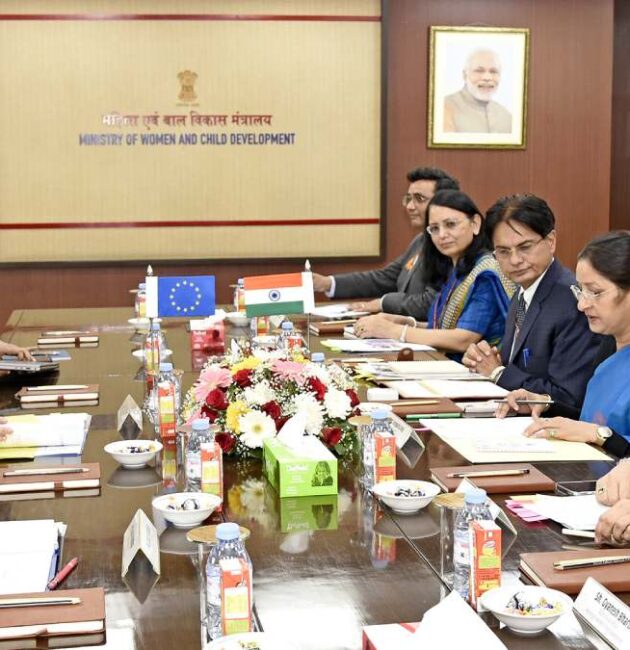India’s parliamentary history offers rich insights into the evolution of representation and democracy. For students preparing for government exams, understanding these trends is crucial for questions related to Indian Polity and Gender Representation in Politics.
Historical Trends in Women’s Parliamentary Representation
The data reveals several key patterns in India’s parliamentary composition since independence:
- Female participation has grown significantly: From just 45 female contestants in 1957 to 800 in 2024, representing a remarkable 1,678% increase over 67 years
- Women’s election success rates have declined: In 1957, 60% of women candidates won seats, while by 2024, only 9.3% were successful
- Overall female representation remains low: Despite improvements, women have never exceeded 15% of Parliament’s composition
Male vs. Female Electoral Success Rates
The data reveals an interesting trend:
Early parliaments (1957-1967): Women had significantly higher success rates than men
- 1957: Women (60%) vs. Men (31.7%)
- 1962: Women (50%) vs. Men (24%)
- 1967: Women (44.8%) vs. Men (21.3%)
Recent parliaments (2014-2024): The gap has narrowed considerably
- 2024: Women (9.3%) vs. Men (6.2%)
Key Milestones in Women’s Representation
- Highest female representation: 17th Lok Sabha (2019) with 78 women MPs (14.4% of total)
- Greatest percentage increase: Between 14th and 15th Lok Sabha (2009), when women MPs increased from 45 to 59 (31% jump)
- Most female candidates: 18th Lok Sabha (2024) with 800 women contestants
Analysis: Electoral Landscape Transformation
Candidate Inflation Phenomenon
- Dramatic growth in contestants: Total candidates increased from 1,518 in 1957 to 8,359 in 2024 (450% increase)
- Candidate-to-seat ratio: From 3:1 in 1957 to 15:1 in 2024
- Impact on success rates: This inflation has made elections more competitive for all candidates
Gender Gap Analysis
- Representation gap: Despite women constituting nearly 50% of India’s population, they composed only 13.7% of the 18th Lok Sabha
- Candidacy gap: In 2024, only 9.6% of candidates were women
- Success rate comparison: Historically, women candidates have shown higher success rates than men, suggesting quality over quantity
Regional and Party-wise Variations
- States like West Bengal, Odisha, and Rajasthan have traditionally sent more women to Parliament
- National parties generally field more women candidates than regional parties
The Road Ahead: Women’s Reservation Bill
For exam preparation, note that in 2023, Parliament passed the Women’s Reservation Bill (Constitution 106th Amendment Act), which reserves 33% of seats in the Lok Sabha and state assemblies for women. However, implementation awaits census and delimitation.
Important Questions for Exam Preparation
- In which Lok Sabha election did women candidates have the highest success rate?
- Compare the trend of male and female electoral success rates since independence.
- What percentage of the 17th Lok Sabha (2019-2024) consisted of women MPs?
- Discuss the factors responsible for low women’s representation in Indian Parliament.
- Analyze the Constitutional provisions and amendments aimed at increasing women’s political participation.




